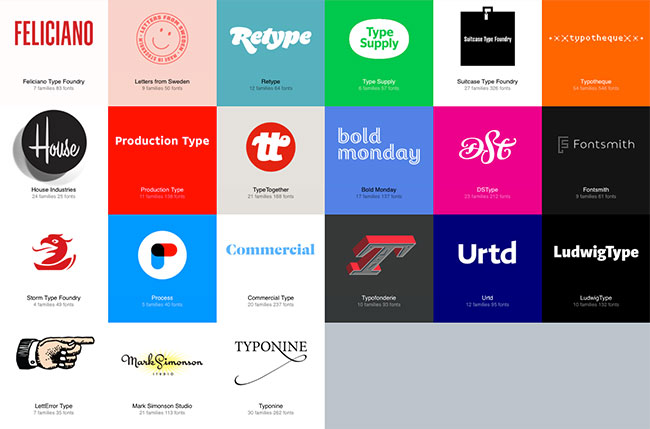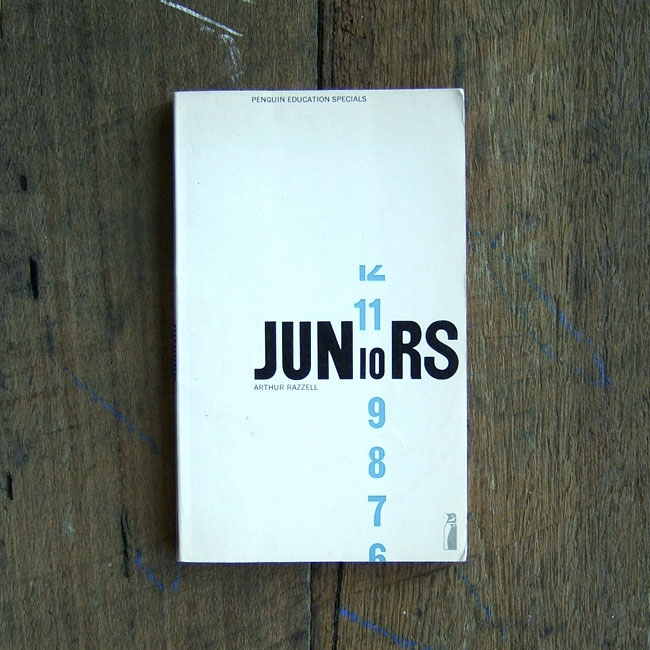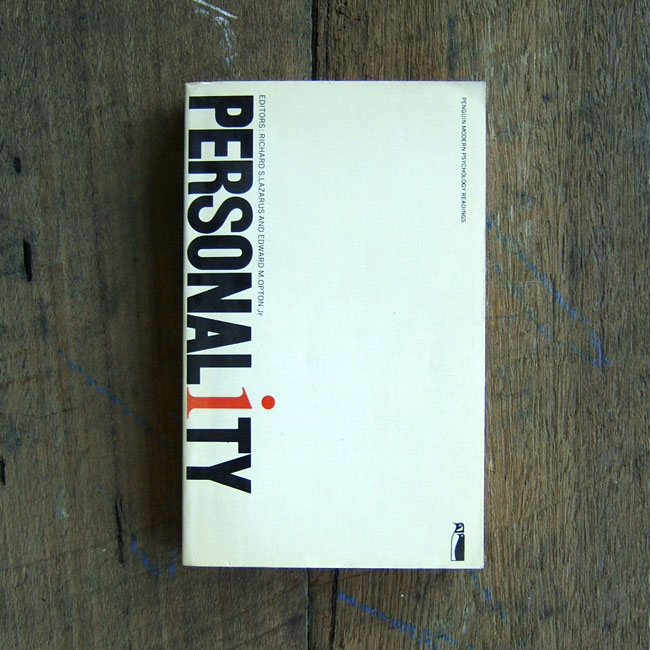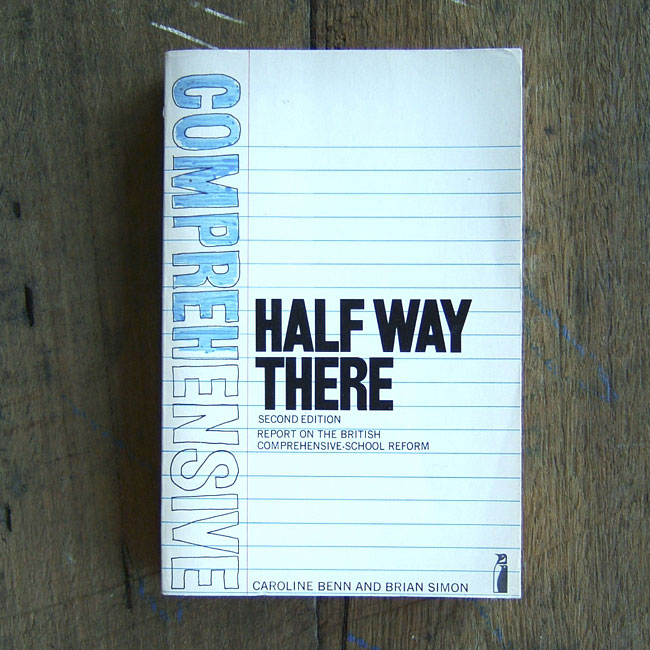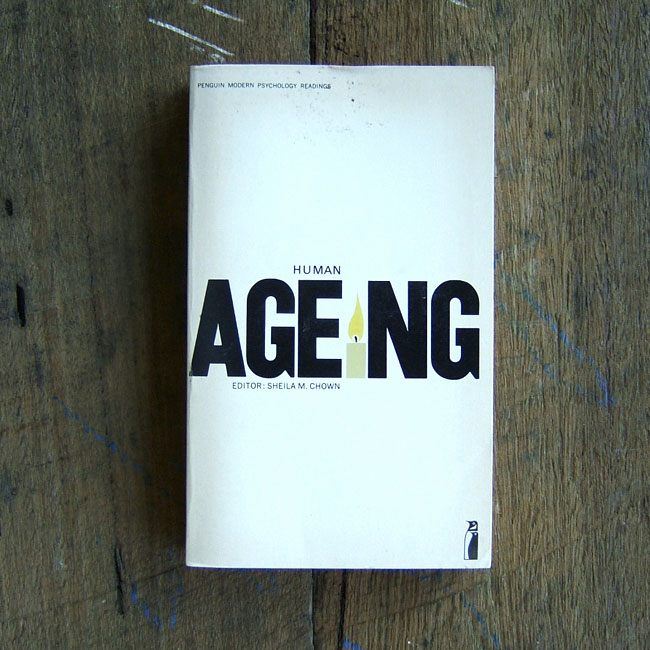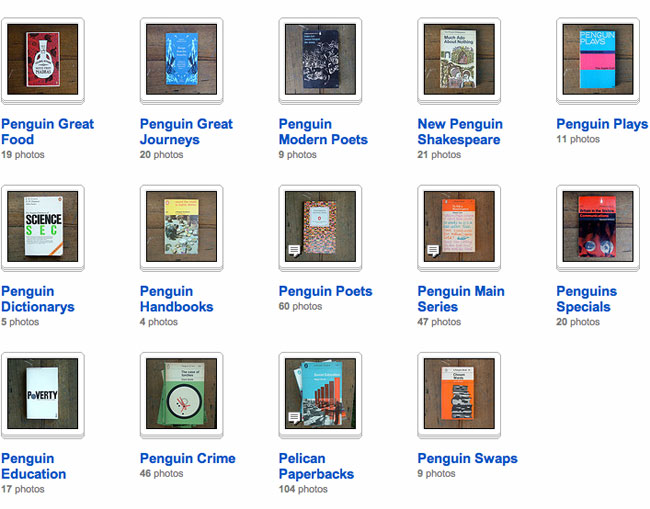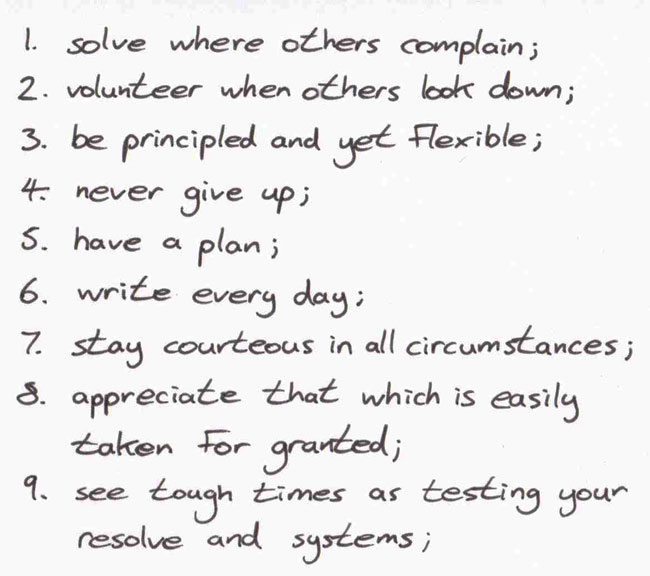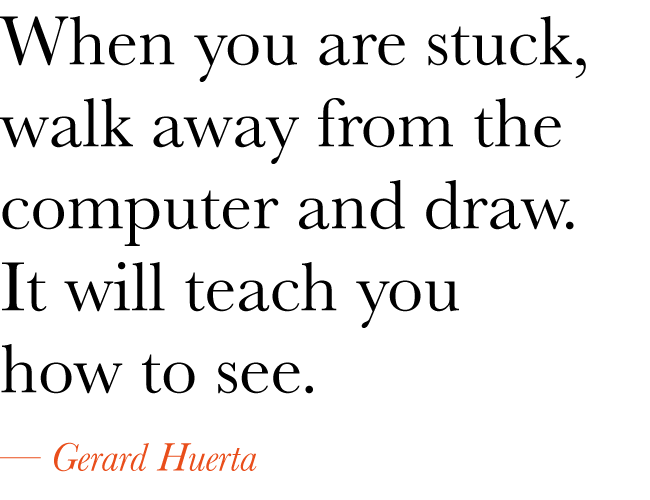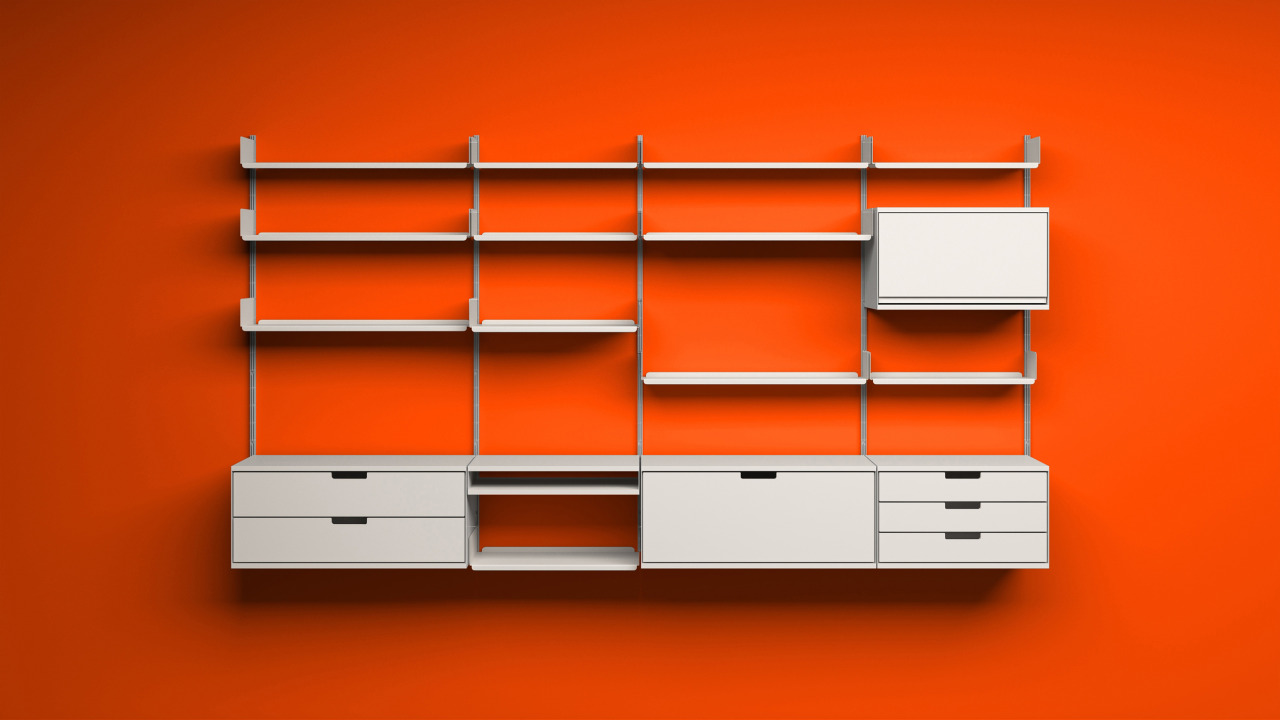The New York Public Library has made it possible to download out-of-copyright photos, posters, book covers, and more, in the highest resolution available.
 Illustration of writing brushes, 1908.
Illustration of writing brushes, 1908.
“That means everyone has the freedom to enjoy and reuse these materials in almost limitless ways. The Library now makes it possible to download such items in the highest resolution available directly from the Digital Collections website.”
 From the Gran Fury collection.
From the Gran Fury collection.
No permission required. No restrictions on use. The website offers “tools, projects, and explorations designed to inspire your own creations — go forth and reuse!”
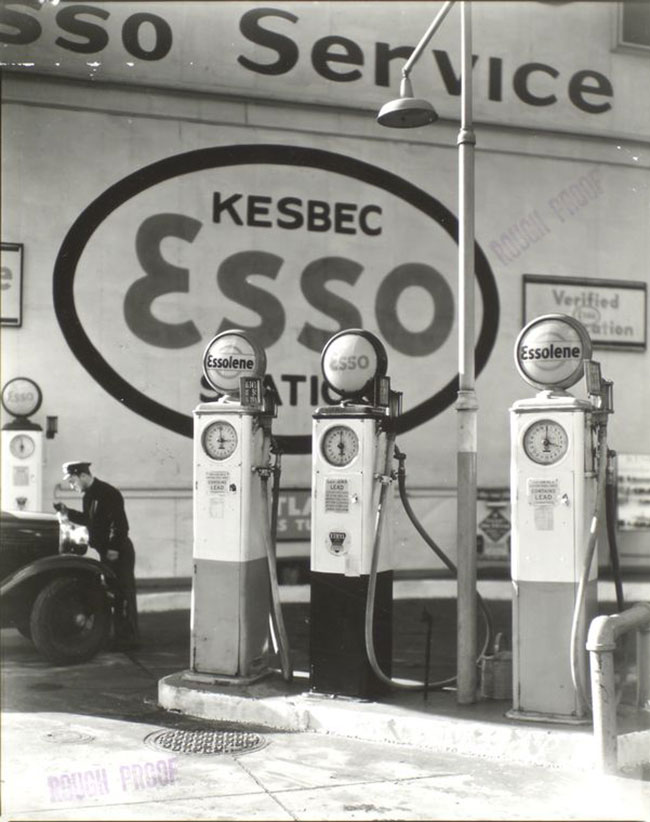 Gas station, Tenth Avenue and 29th Street, Manhattan, 1935.
Gas station, Tenth Avenue and 29th Street, Manhattan, 1935.
A brilliant resource, with categories that include poster collections, maps and atlases, book art and illustrations, and loads more.
 Flowers of a hundred generations, introductory calligraphy, 1909.
Flowers of a hundred generations, introductory calligraphy, 1909.
More info on the NYPL website. Via The Atlantic.
